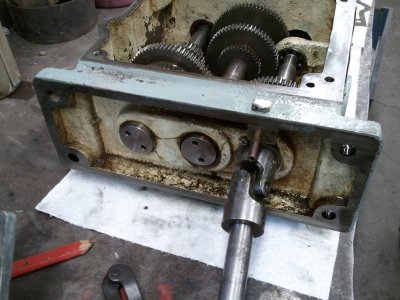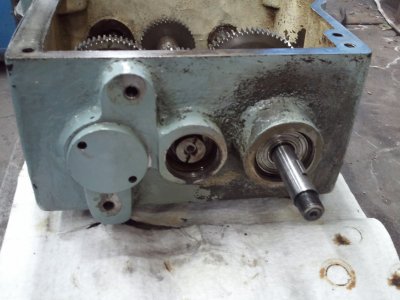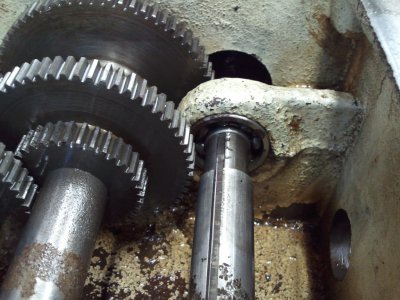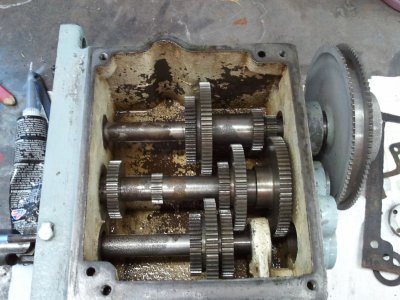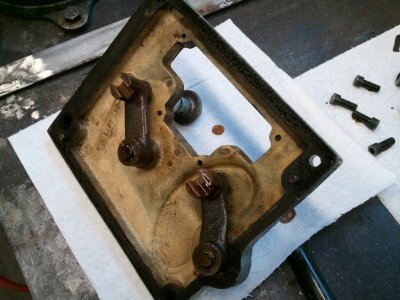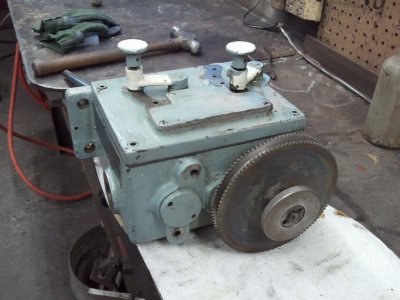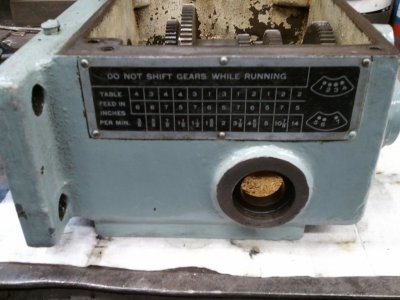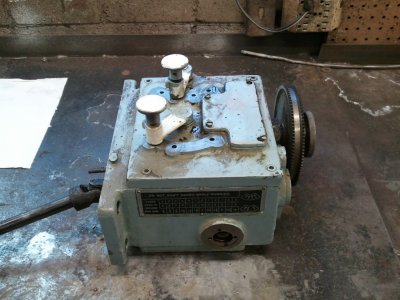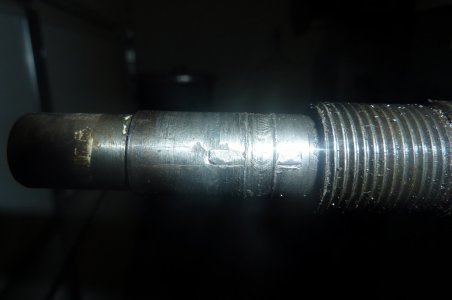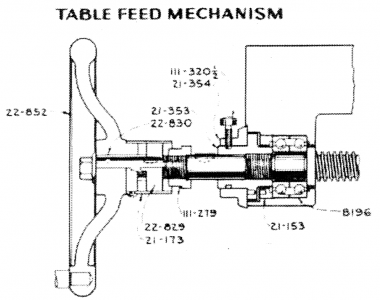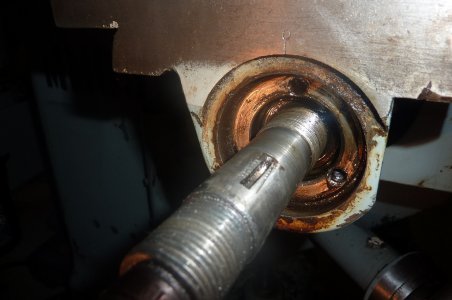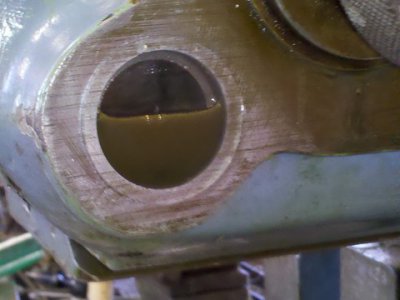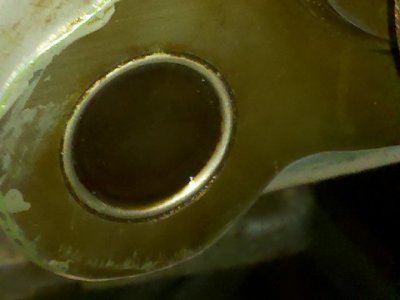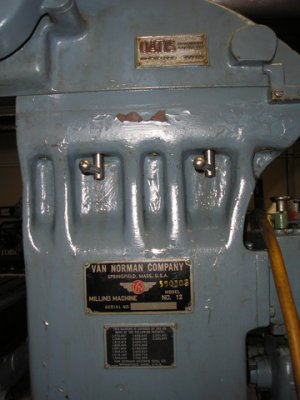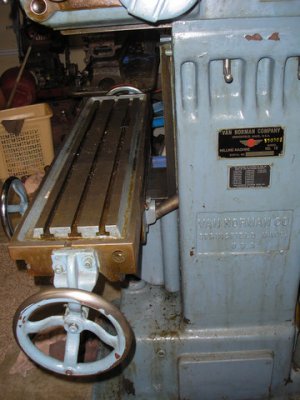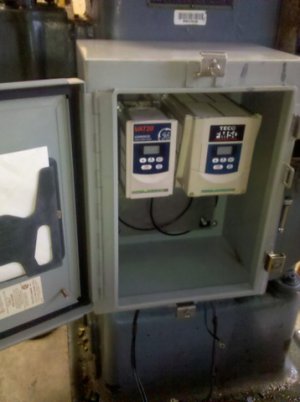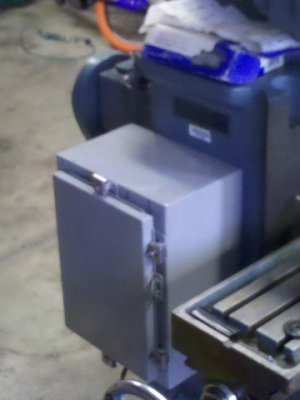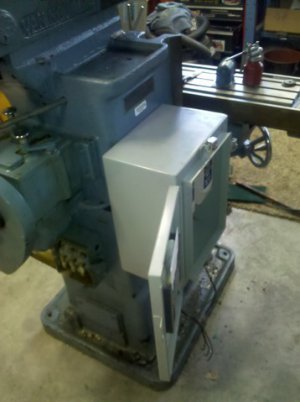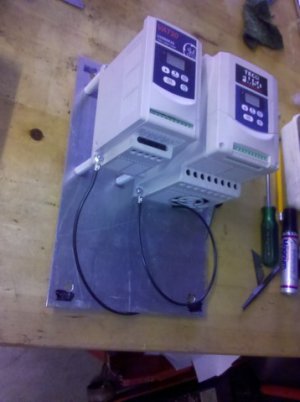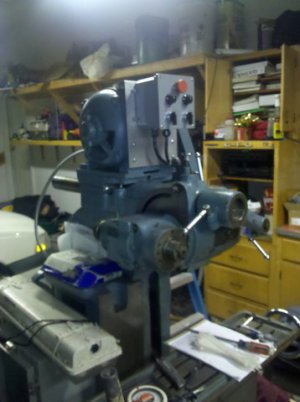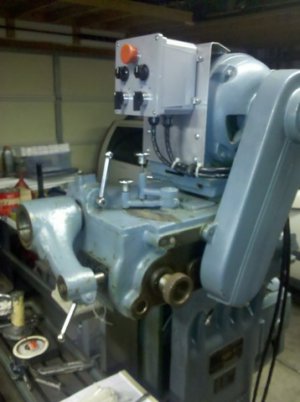Greetings!
In mid-January I bought a Van Norman #12 miller, and have slowly been cleaning it up. I came to this site seeking information and maybe a few parts. Nelson (allthumbz) asked me to write about my experience, so here I am.
First of all, the mill was operational when I bought it. I was able to run it (the owner had native 3-phase) and make sure everything appeared to function correctly. The serial number dates it to 1942, although the war production tag is missing. I have one terrible cell phone picture of the machine as bought: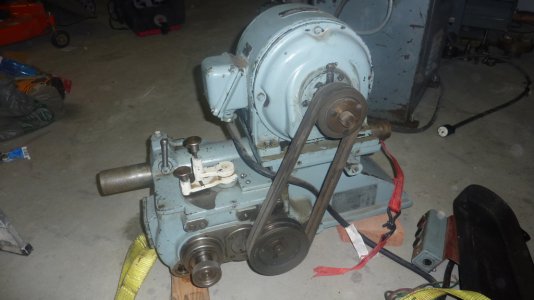
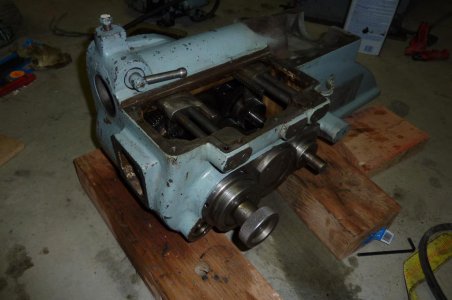
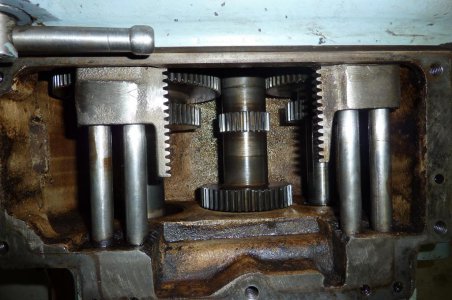
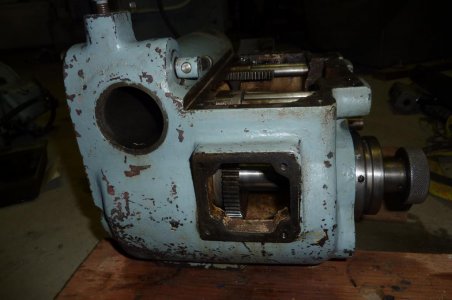
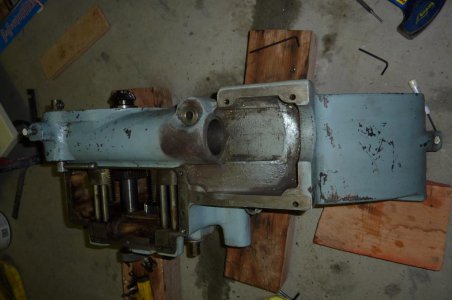
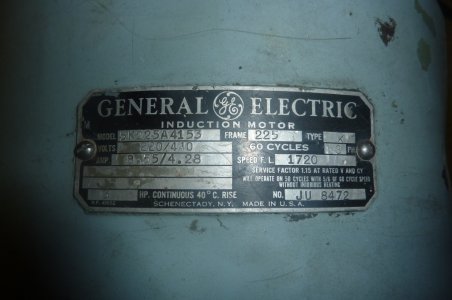
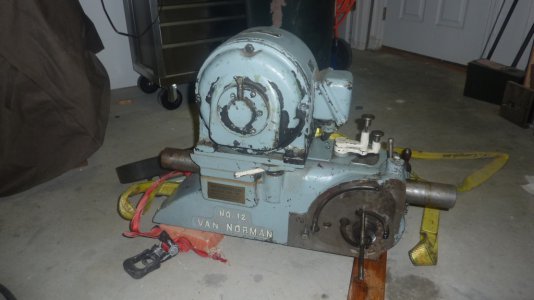
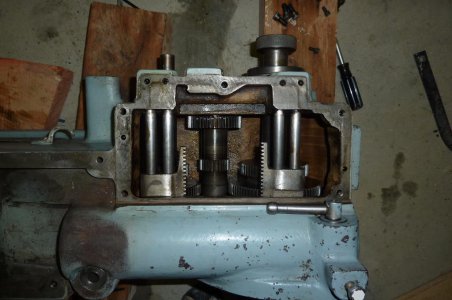
In mid-January I bought a Van Norman #12 miller, and have slowly been cleaning it up. I came to this site seeking information and maybe a few parts. Nelson (allthumbz) asked me to write about my experience, so here I am.
First of all, the mill was operational when I bought it. I was able to run it (the owner had native 3-phase) and make sure everything appeared to function correctly. The serial number dates it to 1942, although the war production tag is missing. I have one terrible cell phone picture of the machine as bought:








Attachments
Last edited by a moderator:



